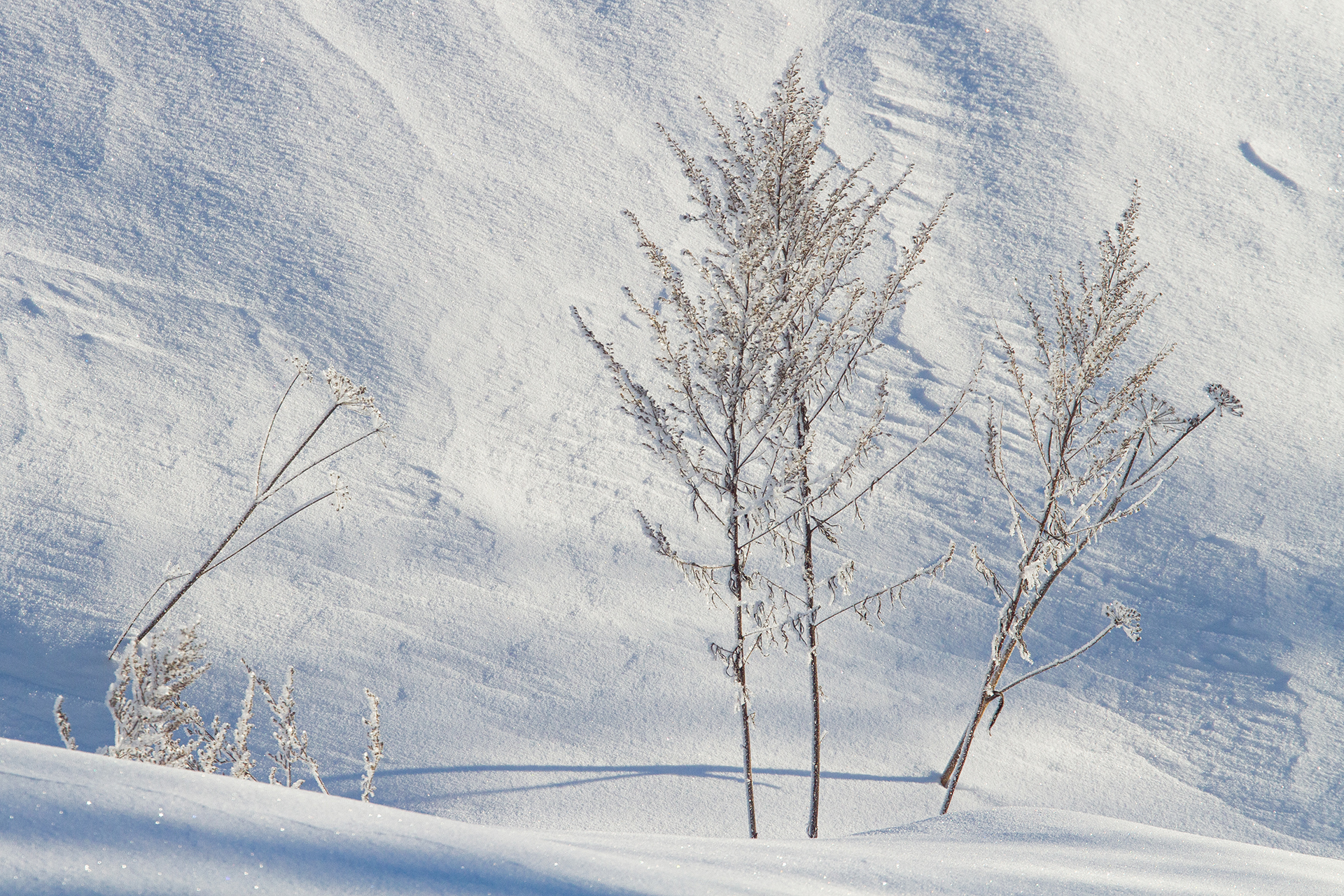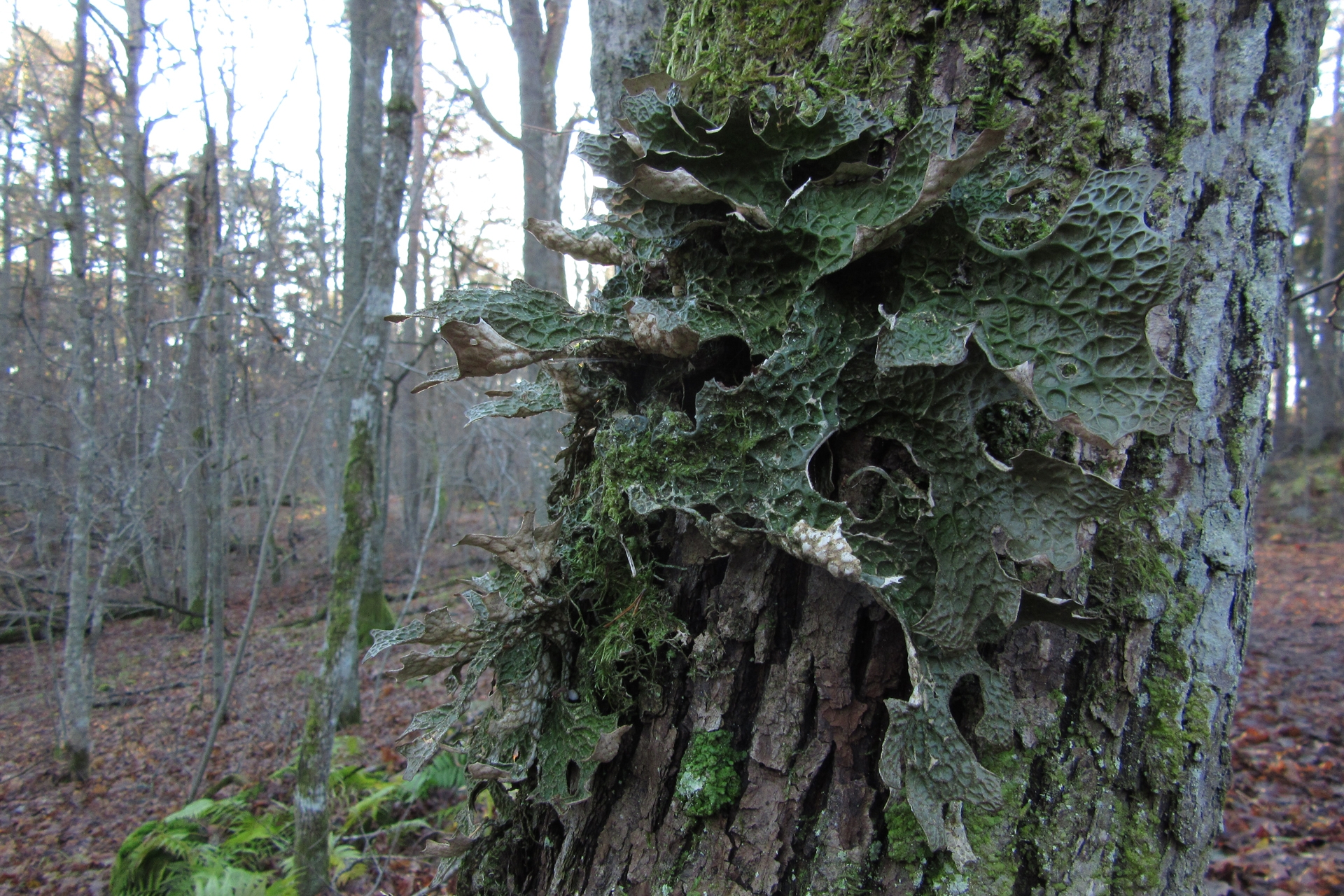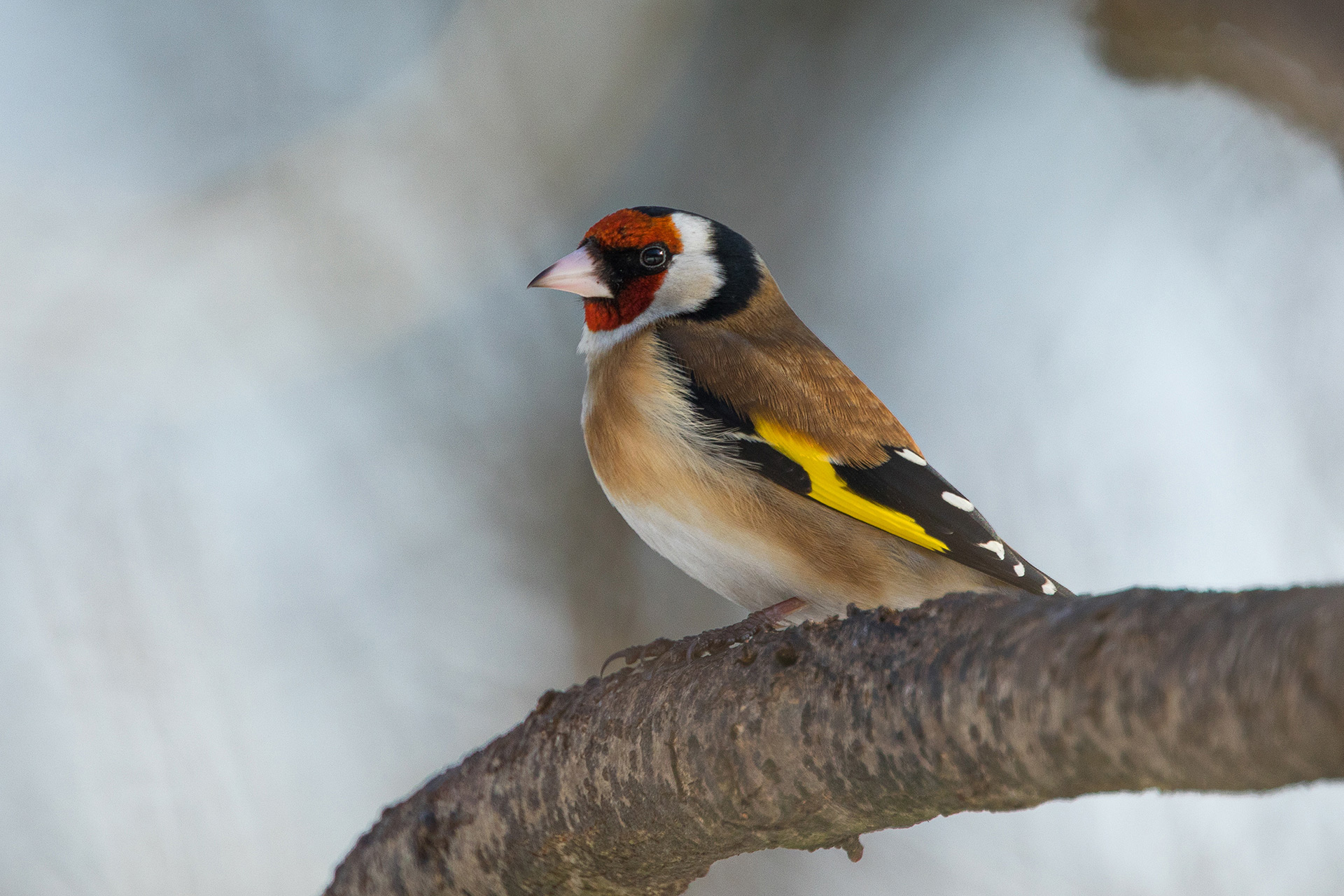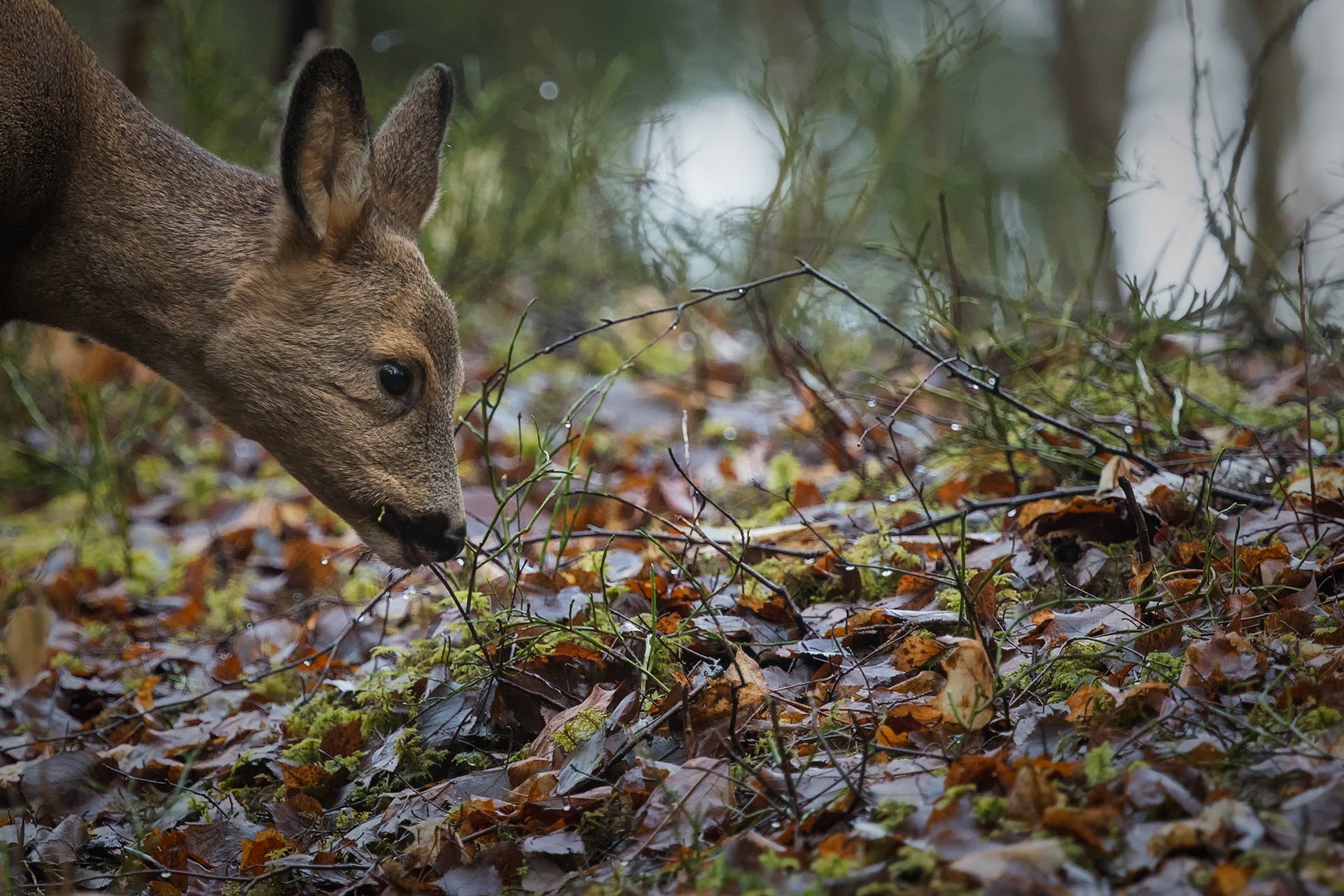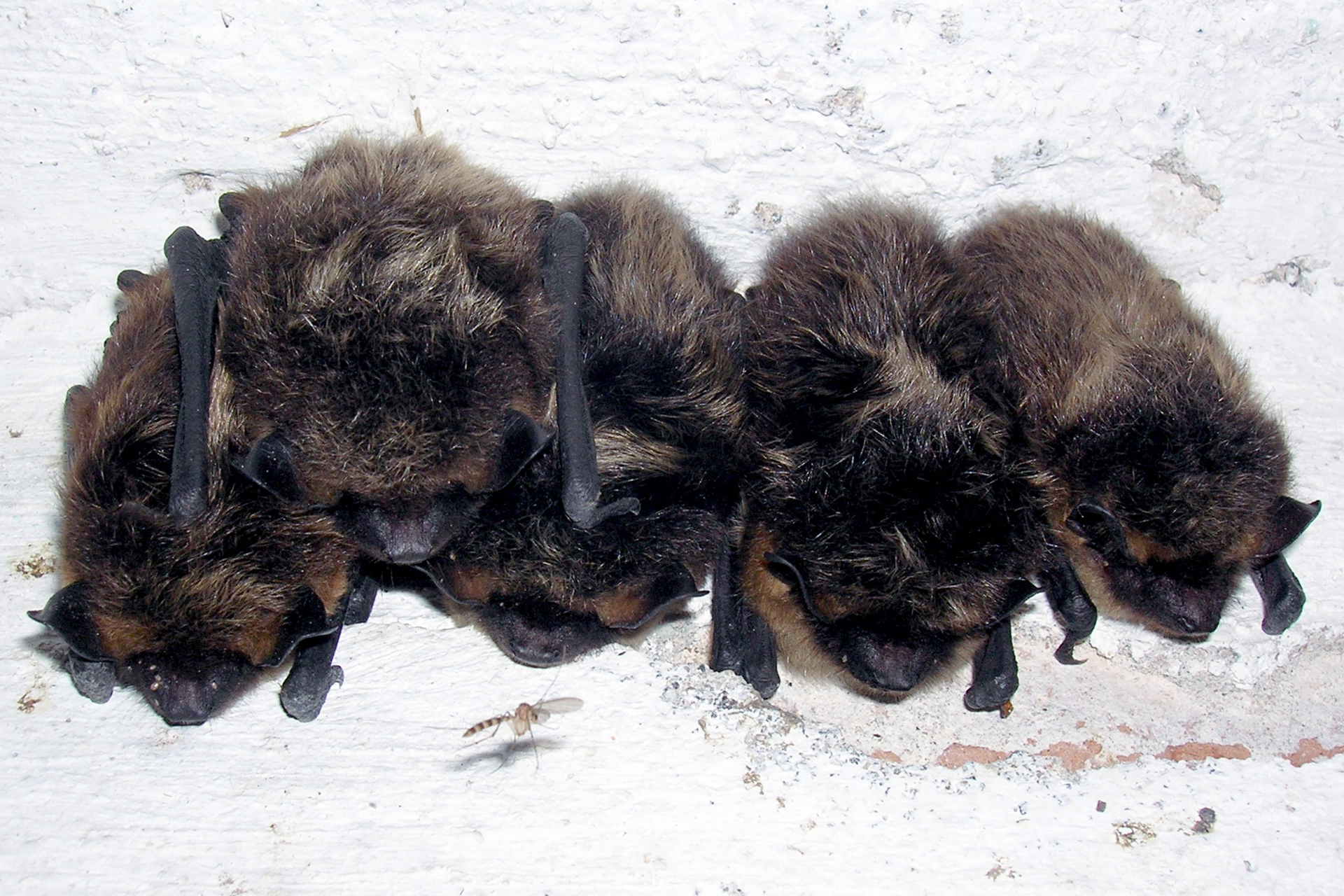Spring bloomers winter underground, ready for the following spring
Ruissalo is renowned for the annual vernal splendour of flowers that occurs in the spring when wood anemones, hepaticas, lilies of the valley, solid-tubered corydalises and cowslips all burst into flower. While trees and bushes shed their leaves and smaller dwarf shrubs winter under the snow, these smaller herbaceous plants simply wither and die when the autumn cold arrives. They survive the long winter in a dormant state. Annual species spend the winter as seeds, while perennial plants do so as structures that remain underground or just above it. This way spring bloomers can start growing and blooming as soon as spring arrives again.
Plants that winter with the help of underground, starch-rich rootstocks, bulbs or tubers are called cryptophytes. Their wintering structures, such as the buds that will start growing next spring, are hidden underground. Examples of cryptophytes include least gagea, which forms small bulbs, and solid-tubered corydalis, which winters with the help of a small tuber reminiscent of a radish. Species whose perennial buds are at ground level are called hemicryptophytes. Examples include hepatica and cowslip.
Different plants also have different wintering times. For example, corydalises disappear back into the ground before Midsummer, whereas wood anemones endure until the middle of summer before reverting back to their ground-crawling rootstocks. Lilies of the valley and cowslips do not wilt until autumn, but hepaticas have all of these species beat, as they hold on to their green leaves throughout winter: the new leaves that they grow in the spring do not wilt until the summer of the following year.
